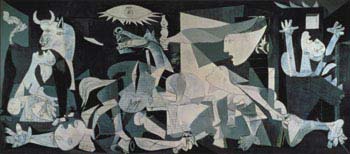It must be a slow news day at the Associated Press. There’s an article on Evel Knievel, who’s apparently racked with pain, not to mention short-term memory loss. Not sure if this story really is newsworthy, but at least it’s written with a sense of irony:
Evel Knievel has trouble now just walking from his condo to the pool. The ’70s cultural icon and poster boy for fast living and derring-do is 67, his body broken by years of spectacular crashes and ravaged by a multitude of serious ailments. The king of the daredevils can hardly get out of bed most days, let alone straddle a Harley.
Reminds me of a conversation I overheard in May 2002. I was in the National Air & Space Museum at the Smithsonian, oogling one of Knievel’s star-spangled jumpsuits, which was–and still is–on display there (pictured here). And I overheard a couple of kids talking about how cool Knievel was–even though he was 20 years before their time. And one of the kids says, yeah, too bad he died.
You have to ask yourself, which is worse: smashing a flaming motorcycle into a cliff wall and falling to your death, or little kids thinking that’s how you died?


